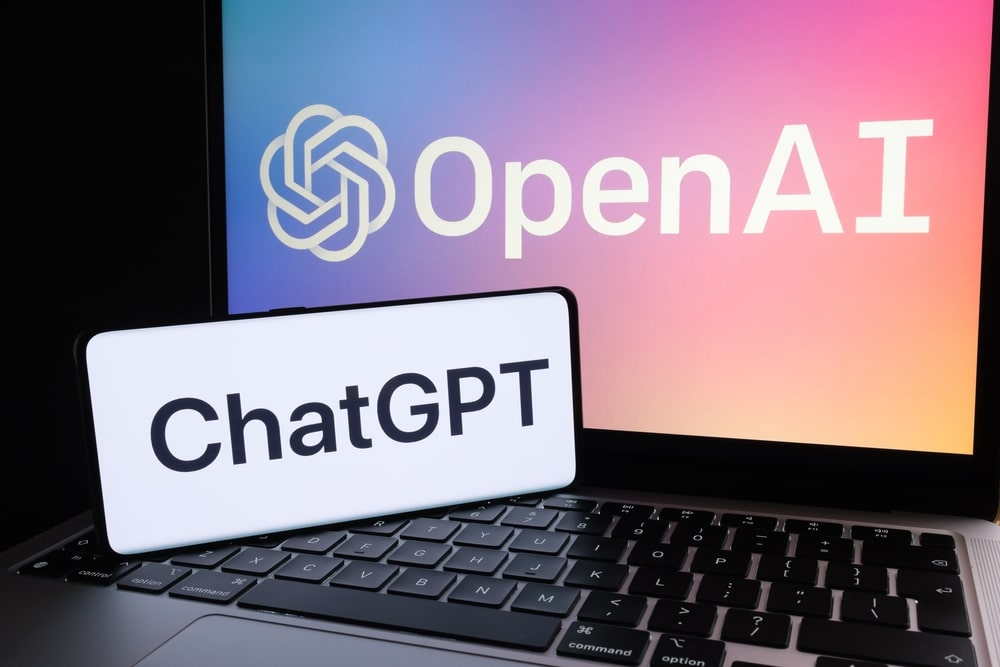Key Insights:
- ChatGPT’s text generation fuels stealthy botnets on X.
- Over 1,000 active bots craft deceptive personas using AI.
- Generative AI reshapes trust in online information.
Researchers at Indiana University’s Observatory on Social Media have delved deep into the world of AI chatbots, revealing startling insights about the misuse of OpenAI’s ChatGPT. This chatbot, which made waves in the tech community earlier this year, is now being exploited on social media platforms, particularly on X, once known as Twitter.

Kai-Cheng Yang, a notable computational social science researcher, and Filippo Menczer, a seasoned computer science professor, spearheaded this revealing study. Their findings spotlighted how ChatGPT’s text generation orchestrates intricate “botnets” on X.
Botnets: Silent Digital Predators
For the uninitiated, botnets are intricate networks of bots that launch coordinated spam campaigns on social media. These campaigns often slip past modern anti-spam filters, making their operations stealthy and effective. In the context of Yang and Menczer’s study, these botnets had a dark agenda: promoting dubious cryptocurrencies and NFTs. The danger doesn’t stop there. These bots lure users into questionable investments and threaten their existing crypto assets.
The research duo pinpointed a network on X teeming with over 1,000 active bots. These digital entities cleverly interact using outputs from ChatGPT. They employ stolen images to further their deceptive facade, crafting personas that can easily mislead users.
Menczer shed light on the broader implications of this trend. He emphasized, “Emerging AI tools have drastically reduced the barriers to crafting believable content, posing challenges to the already overwhelmed moderation systems of social media platforms.”
The Evolution of Digital Deception
Historically, bots on social platforms were relatively easy to spot. Their robotic interactions and lackluster personas were giveaways. However, the introduction of advanced tools like ChatGPT has blurred these lines. These state-of-the-art tools can churn out human-like text in a flash, making it increasingly challenging to discern genuine interactions from AI-generated ones.
Yang voiced his concerns about this shift, noting, “Generative AI tools might reshape our trust in online information.” The bots, as identified in the study, primarily zeroed in on promoting questionable crypto and NFT campaigns. They also directed users to suspicious websites, which, upon closer inspection, were crafted using similar AI-driven tools.
Beyond Social Platforms: The Web of AI-Generated Content
NewsGuard, a firm dedicated to assessing the credibility of news platforms, has flagged over 400 such AI-crafted sites in recent months. These platforms not only disseminate misinformation but also profit from automated ad placements.
NewsGuard and Indiana University researchers have identified a recurring pattern in AI-generated content. ChatGPT often defaults to a standard response when faced with specific prompts.
Wei Xu, a computer science expert at the Georgia Institute of Technology, expressed concerns about the escalating challenge of pinpointing AI-generated content as the technology refines.
Europol’s projections add weight to this concern, forecasting that by 2026, most internet content could be AI-crafted. With robust regulations, malicious entities might always be attainable.
Xu drew parallels to other global challenges, remarking, “Despite known repercussions, certain practices persist due to affordability and lack of deterrents.”
Future Pathways: Regulation and Vigilance
The Biden administration has sought commitments from major AI stakeholders to implement measures to curtail AI risks. One proposed solution involves tagging AI-generated content with discreet labels, allowing users to differentiate genuine from AI-produced content.
However, Menczer still needs to be convinced about the effectiveness of such measures. Yang advocates a holistic approach, emphasizing tracking social media patterns to identify bots.
At Tokenhell, we help over 5,000 crypto companies amplify their content reach—and you can join them! For inquiries, reach out to us at info@tokenhell.com. Please remember, cryptocurrencies are highly volatile assets. Always conduct thorough research before making any investment decisions. Some content on this website, including posts under Crypto Cable, Sponsored Articles, and Press Releases, is provided by guest contributors or paid sponsors. The views expressed in these posts do not necessarily represent the opinions of Tokenhell. We are not responsible for the accuracy, quality, or reliability of any third-party content, advertisements, products, or banners featured on this site. For more details, please review our full terms and conditions / disclaimer.
